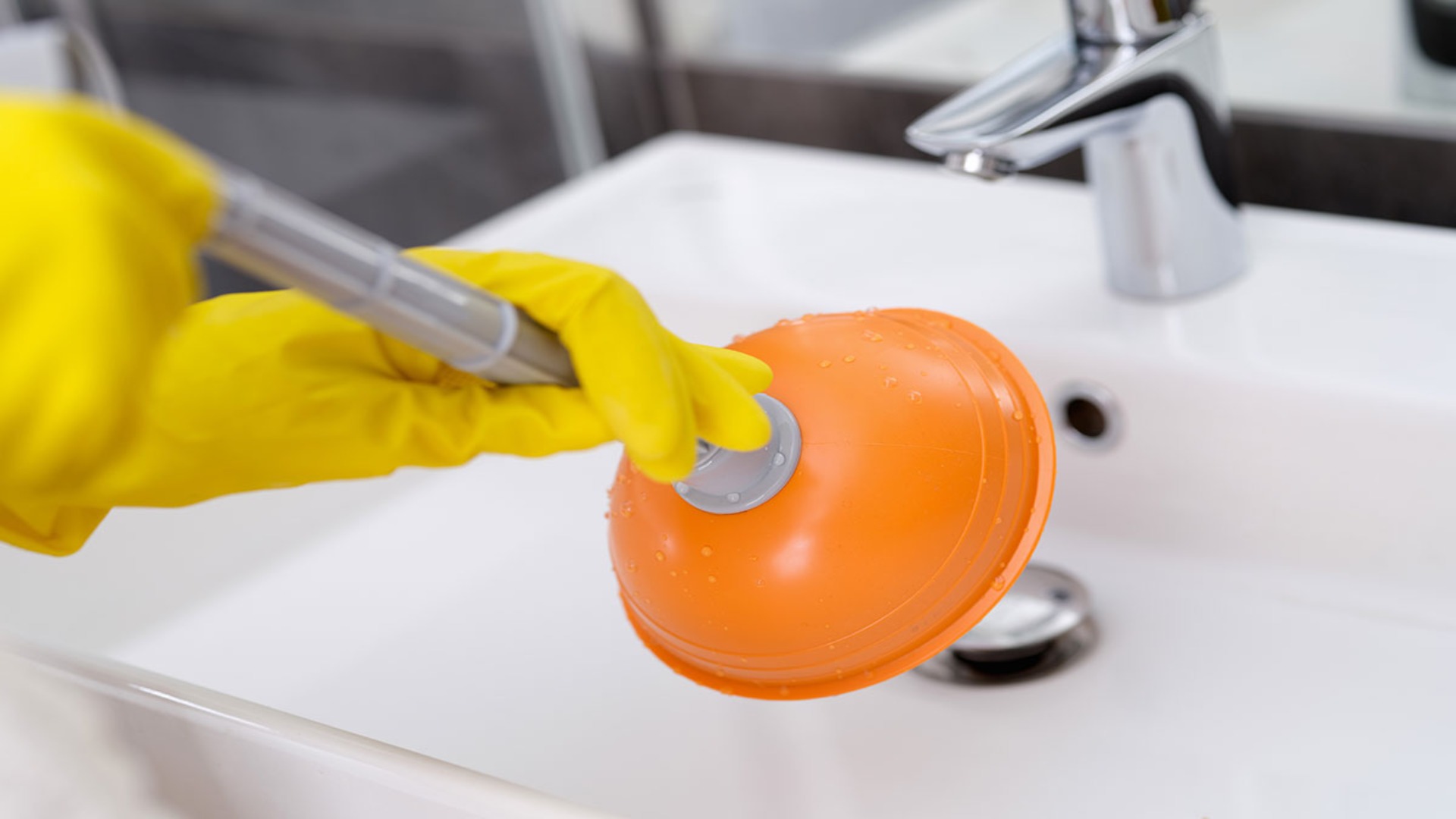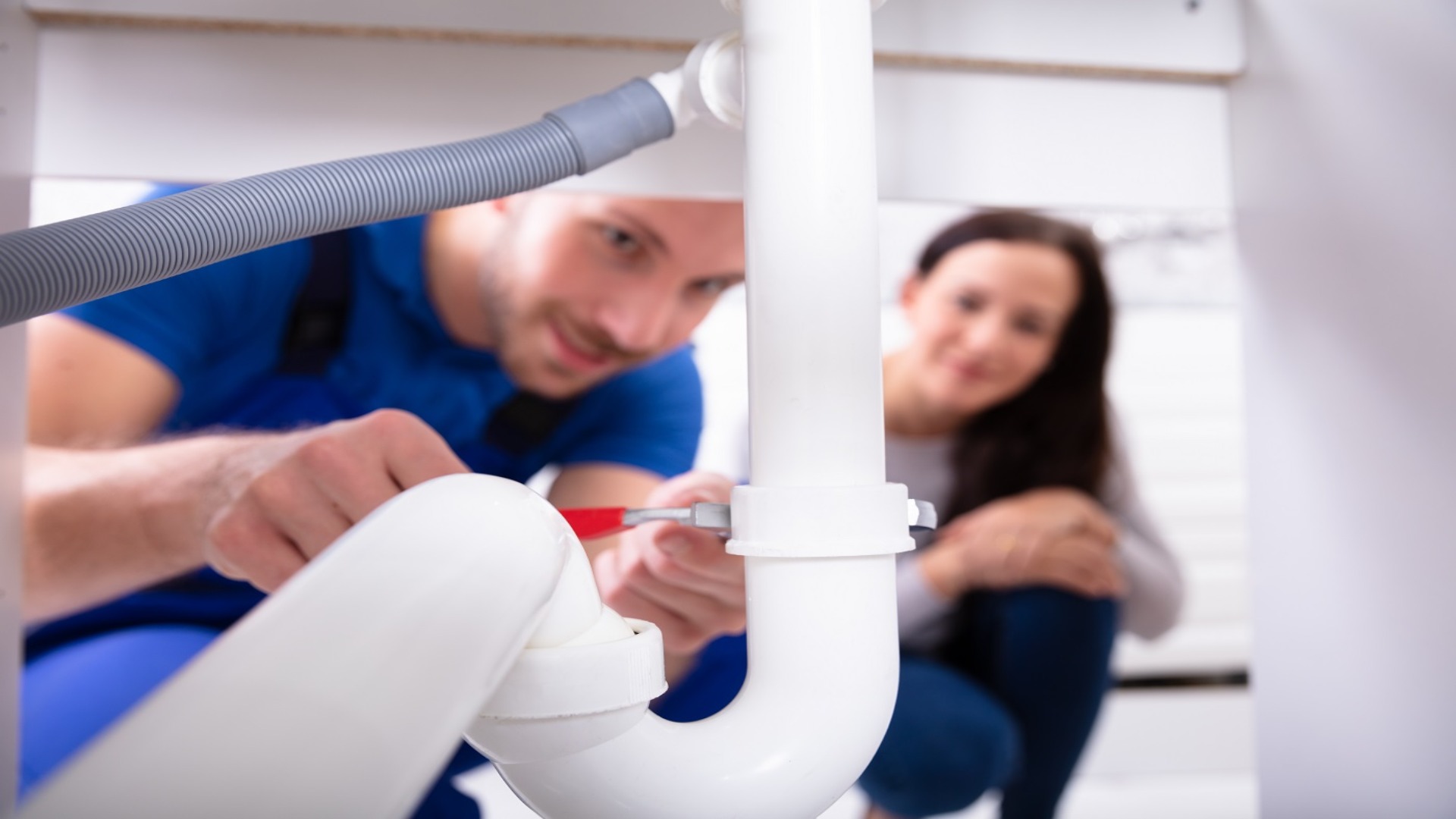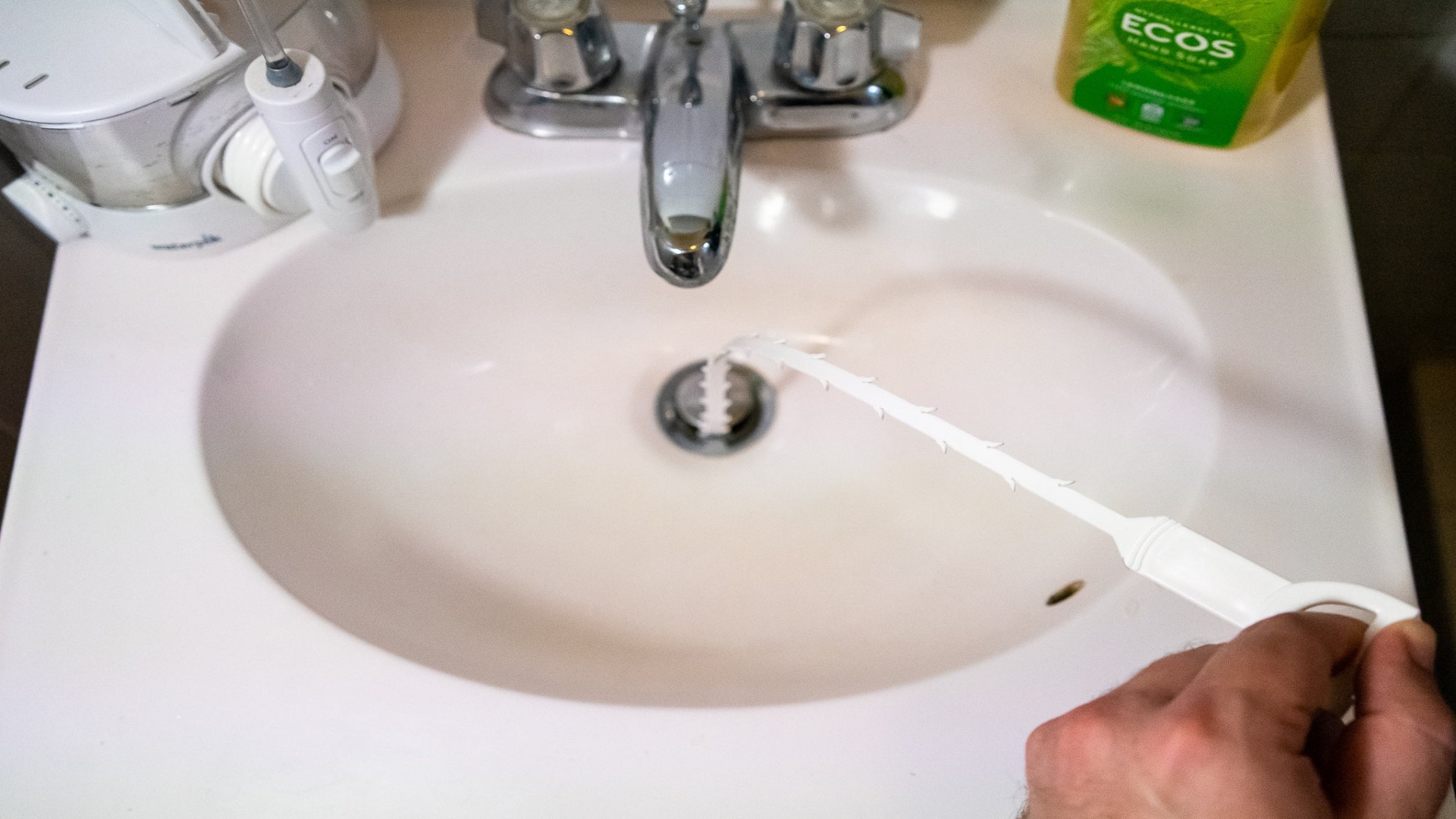
Having a blocked or clogged sink can be annoying and inconvenient. Whether it’s your kitchen sink draining slowly after doing dishes or your bathroom sink refusing to drain after a shower, a blocked sink wastes your time and can cause water to back up and overflow. However, most blocked sink plumbing problems are not severe and can be easily fixed once you identify the source of the clog.
We will discuss the most common early warning signs that indicate your sink is blocked and needs unclogging. We’ll look at telltale slow-draining sinks, gurgling noises coming from the drain and stagnant water that doesn’t empty from the basin.
Identifying these warning signs is the first step to troubleshooting a clogged pipe or plumbing line and quickly getting your blocked drain flowing freely again before it develops into a more serious plumbing problem or backup in your sewer lines.
Knowing the early indicators can help you promptly address sink clogs and prevent potential water damage or more extensive issues with your plumbing system. Don’t ignore the signs of a blocked sink drain!
5 Common Signs of a Blocked Sink
When a sink starts to drain slowly, gurgle, or not empty completely, it’s usually a sign that a clog or blockage has developed. Five of the most common signs indicate your sink may be blocked and need unclogging.
1. Slow drainage and standing water
One of the most apparent signs of a blocked sink is slow drainage. Over time, you may notice that it takes longer than usual for water to drain fully after using the sink. Another clue is seeing small amounts of standing water left behind after use instead of the sink draining completely dry. Both slow drainage and standing water are usually caused by a partial clog restricting flow in the drain pipes or trap beneath the sink. This initial blockage can get progressively worse if not cleared.
2. Unpleasant odours
A blocked sink can sometimes cause unpleasant odours to emanate from the drain. Sewer gases and mouldering food or hair particles trapped in the clog begin to break down and produce foul smells. Noticing offensive odours, especially soon after using the sink, could indicate a severe blockage that requires clearing. The smells may also worsen as the clog’s composition further decays. Try removing the trap and snaking the clogged drain to remove any debris causing obstructions.

3. Gurgling sounds and air bubbles
Gurgling, bubbling sounds or strange noises, and the sight of air bubbles rising in the drain water are telltale signs of a blocked or partially blocked sink. As new drain water enters the sink, pressure builds up behind any obstruction. This excess pressure has to escape somehow, resulting in gurgling as air tries to exit through the restricted opening. Clearing any clogs, allowing more unrestricted flow, will eliminate these audible symptoms, signalling drain blockages.
4. Backflow in adjacent fixtures
If your sink clog is severe enough, it can potentially cause water to back up and overflow into nearby fixtures when their drains are used. For example, water may backflow from your bathroom sink into the adjacent tub or shower drain. Similarly, a kitchen sink drain blockage could cause water to be regained in other kitchen basins or drains after use. This indicates an immediate need to clear any clogs restricting complete outflow.
5. Overflow or leakage
The final stage of a blocked sink issue is water overflowing or leaking. When the clog becomes too dense, drainage can no longer keep up with incoming water flow. This may result in the basin or pipes becoming overfull, forcing water to spill or leak out. Prevent overflow by acting quickly if caught early on at the slow drainage or gurgling stages instead of ignoring initial blocked sink symptoms.
DIY Troubleshooting Tips
Clearing a blocked sink drain doesn’t require a local plumber – many clogs can be resolved using standard DIY troubleshooting techniques. Here are seven effective methods to try before calling in a professional:
1. Check the P-trap
This curved pipe underneath the sink connects the drain to the main pipeline. Over time, hair, food scraps, and other debris often collect in the P-trap. Remove the piping to clean out any build-up, ensuring no obstructions remain thoroughly.
2. Use a plunger
This simple tool is very effective at breaking up clogs close to the drain opening. Place the plunger securely over the drain hole and plunge forcefully up and down several times. This creates powerful suction to dislodge and pull loose debris further down the pipe.
3. Try a drain snake.
Manually operated snake tools have flexible wire or steel coil lengths with removable blades. Carefully feed the snake into the drain and rotate it gently to break up clogs further down the line. Go slowly to avoid damaging fragile piping. Some snakes have expandable spiral brushes for scrubbing surfaces.
4. Pour baking soda and vinegar.
The chemical reaction, when combined, produces carbon dioxide gas bubbles. These bubbles can help dislodge slow-forming organic clogs like soap scum over time. Pour the ingredients down separate drains and let them fizzle before flushing them clean with boiling water.

5. Use drain cleaner
Specifically formulated commercial drain cleaners are highly caustic liquid or gel formulas meant to cut through stubborn grease, soap scum, hair, and other build-up safely. Carefully follow instructions for application time before flushing the drain.
6. Flush with boiling water.
For some grease clogs, pouring boiling water down the drain can help break it down and flush it out of the system safely. Do this a few times several hours apart if needed.
7. Consult a professional
For deep-rooted clogs beyond DIY access, professional plumbers have mechanical drain augers or power snakes that can fully access and clear blockages further down the pipeline system. The emergency plumber will use various equipment and tools, including CCTV drain cameras, to determine what is causing the blockage.
Flow Freely, Spot the Signs
This blog post covered the most common signs that indicate a blocked sink requiring unclogging. Homeowners can identify blockages early and try initial DIY troubleshooting by understanding telltale symptoms like slow drainage, gurgling sounds, or foul odours.
While clearing minor clogs is achievable with essential tools, serious blockages may warrant professional assistance. If your sink continues experiencing drain or plumbing issues despite attempts to fix it yourself, contact the plumbers at The Brisbane Plumbers. Our team of licensed professionals has the experience and specialised equipment to remove stubborn blocked drains and help restore full flow to your sink – contact us today for a free quote.
